I am designing a system that uses the MFRC522 by NXP Semiconductors and I am having a bit of difficulty designing the antenna.
NXP provide an antenna design guide under the application note AN1445 although I am stuck on Page 8 as I cannot find any formulas for calculating the equivalent series resistance (Ra) of the antenna. I am wanting to use a rectangular microstrip antenna and found the equivalent series inductance (La) using eDesignSuite by STM (see image below).
The application note provides details on matching network and matching requirement (50-Ohm) but in order to calculate this, the value of Ra must be known.
I am aware that there are plenty of hobbyist modules available called 'RC522' or similar but my space requirements something a little more compact which is why I would like to design the antenna myself.
Any advice would be greatly appreciated. I am not a specialist in RF and microwave engineering so I apologise in advance if this question lacks clarity.

